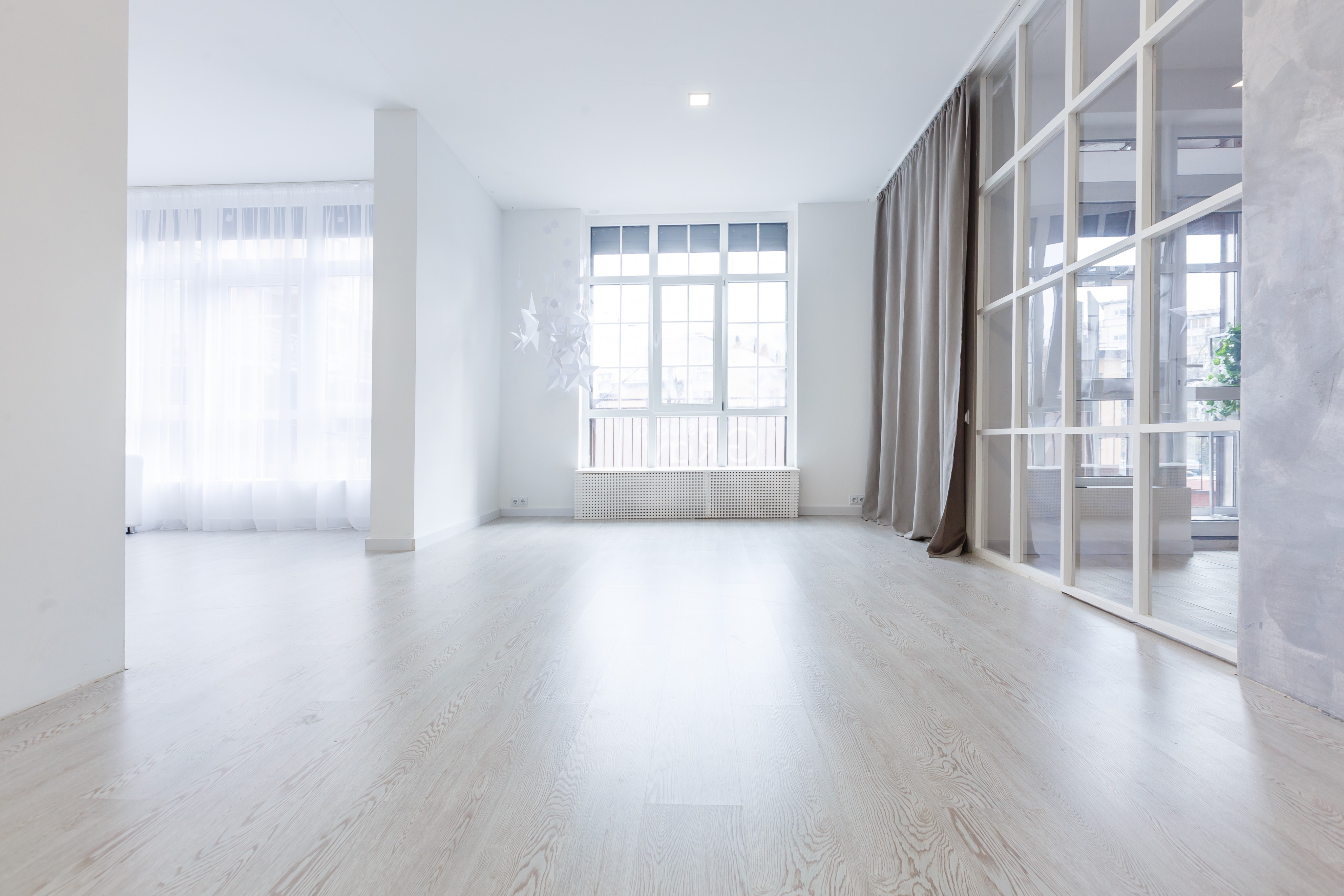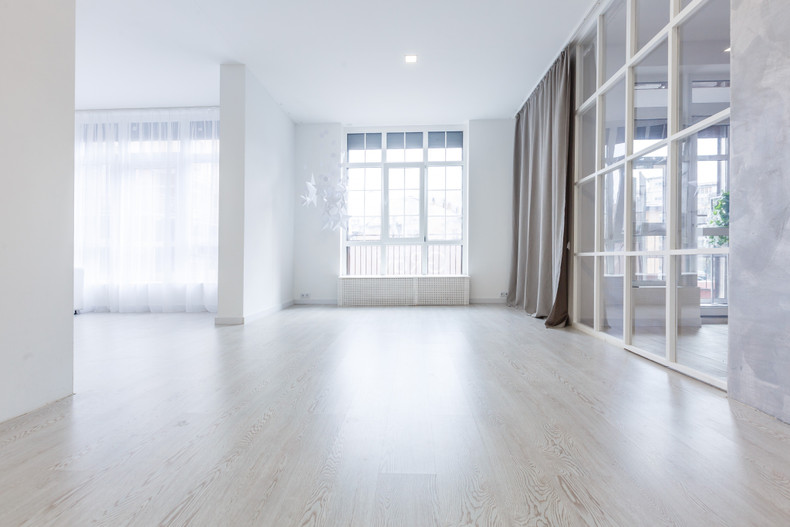
Laminate flooring is one of the most beautiful and durable flooring options available today. At times, however, you can have issues with this flooring option. Buckling or warping is one of the problems that can occur. If you’ve encountered this problem and are wondering what the cause could be, this post will enlighten you. The common causes of buckling include:
1. High moisture content
Buckling is almost always as a result of water or moisture damage. Moisture tends to seep into the fiberboard core and swells it. This causes the board to push against the adjacent board, forcing it to curl upward.
Moisture can come from above in the form of standing water on the surface or excessive humidity in the air. It can also come from below in the form of seepage through the subfloor, especially if it’s concrete. Poor cleaning practices, such as wet-mopping and steam-cleaning are also another source of buckling-causing moisture.
2. Inferior product construction
Laminate flooring is usually laminated under excessive pressure. As a result, it’s essential to have a balancing layer made up of rigid material beneath the board. This layer helps to equalize the pressure exerted from above. Without this layer, buckling problems are bound to arise. In addition, inferior glueless laminate floors may slowly become separated, creating visible gaps between planks, paving way for moisture.
3. Improper installation
Before installing, it’s important to prepare the floor or subfloor. Buckling can occur if the floor was not acclimated before installation. This problem can also occur if no vapor barrier was installed before installing the planks. If the floor wasn’t flattened properly, buckling is a problem that can be witnessed sooner or later.
4. Lack of an expansion gap
Laminate flooring tends to inflate when it’s warm and contract when it’s cool. Buckling often happens if there’s no expansion gap to accommodate these changes. This problem is more likely to come about if the flooring was installed when the room temperature was abnormally low or high. Therefore, it’s important to leave an expansion gap to ensure that there will be room for expansion.
Luckily, buckling is a fixable problem. Before you fix the problem, you should try to figure out the reason why your floor is buckling. This will prevent the problem from recurring.
Visit us today to choose high quality flooring and for expert advice that will help you avoid common issues in the future.

